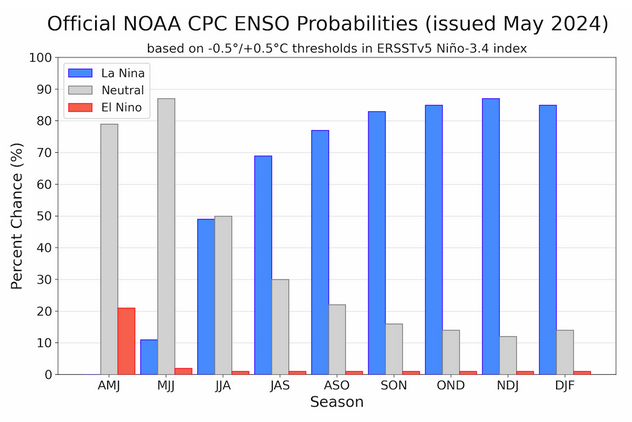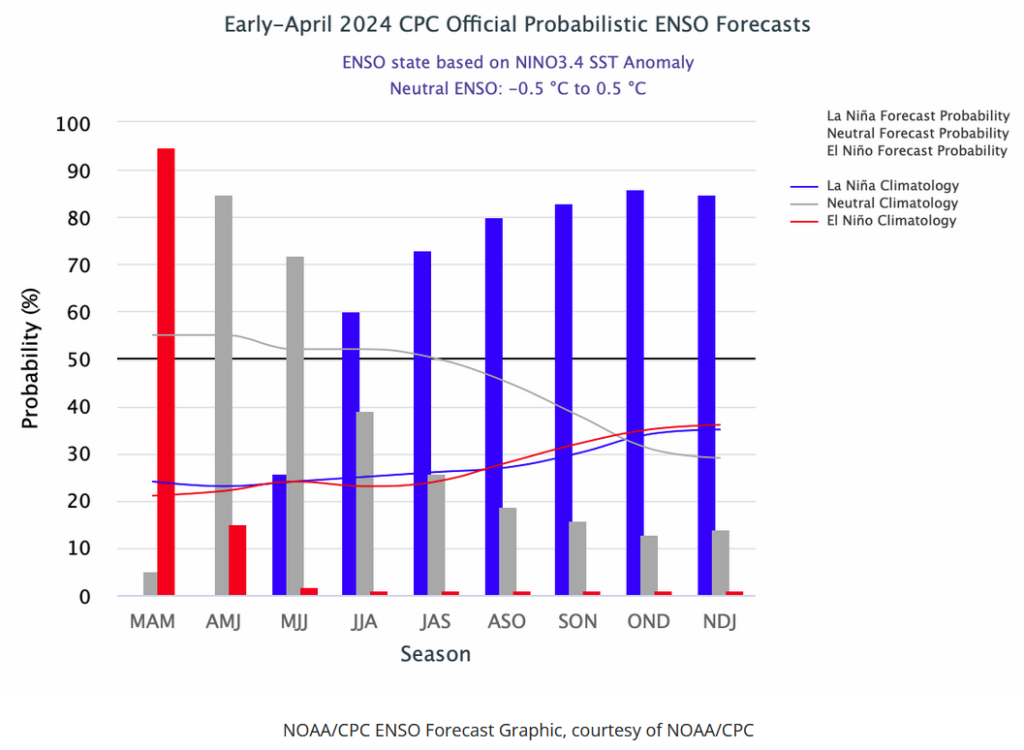Today Through the Fourth Friday (22 to 28 days) Weather Outlook for the U.S. and a Six-Day Forecast for the World: posted May 15, 2024
This article focuses on what we are paying attention to in the next 48 to 72 hours. The article also includes weather maps for longer-term U.S. outlooks and a six-day World weather outlook which can be very useful for travelers.
First the NWS Short Range Forecast. The afternoon NWS text update can be found here but it is unlikely to have changed very much. The images in this article automatically update.
Short Range Forecast Discussion
NWS Weather Prediction Center College Park MD
Wed May 15 2024
Valid 12Z Wed May 15 2024 – 12Z Fri May 17 2024…Unsettled weather spreads into parts of the Midwest, Mid-Atlantic, and
Southeast today……Hazardous heat possible across South Florida and South Texas this week
……Significant flash flooding possible across portions of East Texas and
Louisiana on Thursday…Showers and thunderstorms will continue to move through the eastern U.S.
ahead of an advancing low pressure system lifting through the Tennessee
Valley/Mid-Atlantic region and a slow moving cold front through the
Northeast. Showers and thunderstorms will also be ushered into the Plains
along and ahead of a cold front. Some of these storms may have the
potential to become severe and possibly produce areas of excessive
rainfall through Thursday morning. SPC has an Enhanced Risk for sever
weather for the Texas Panhandle and portions of Oklahoma and southern
Kansas with Slight Risks for the Carolinas and central Florida. Across
South Florida, persistent southwesterly winds ahead of an approaching
mid-level ridge axis will set the stage for very warm weather, with heat
indices exceeding 100 degrees possible. Localized Major heat-related
impacts are possible with this round of hot weather through the work week
according to experimental NWS HeatRisk guidance. Hazardous heat also will
build into South Texas today and Thursday as a warm front returns
northward from the Gulf of Mexico, ushering in a very warm and moist
airmass into the region.With the return of the heat there will also be an environment that will be
very conducive for widespread heavy rainfall for the Gulf Coast, Southern
Plains and Lower/Mid-Mississippi Valley which could be a potentially
significant heavy rain event. SPC has a Slight Risk in place across the
South and WPC has a Moderate (Level 3 out of 4) for excessive rainfall for
eastern Texas and Louisiana. Areal averages of 2 to 4 inches is forecast
for the western Gulf states and locally higher amounts will be possible.
Over the past 2 weeks there has been a near continuous stream of heavy
rainfall which has made much of this part of the region sensitive to any
additional rain.






 >
>

